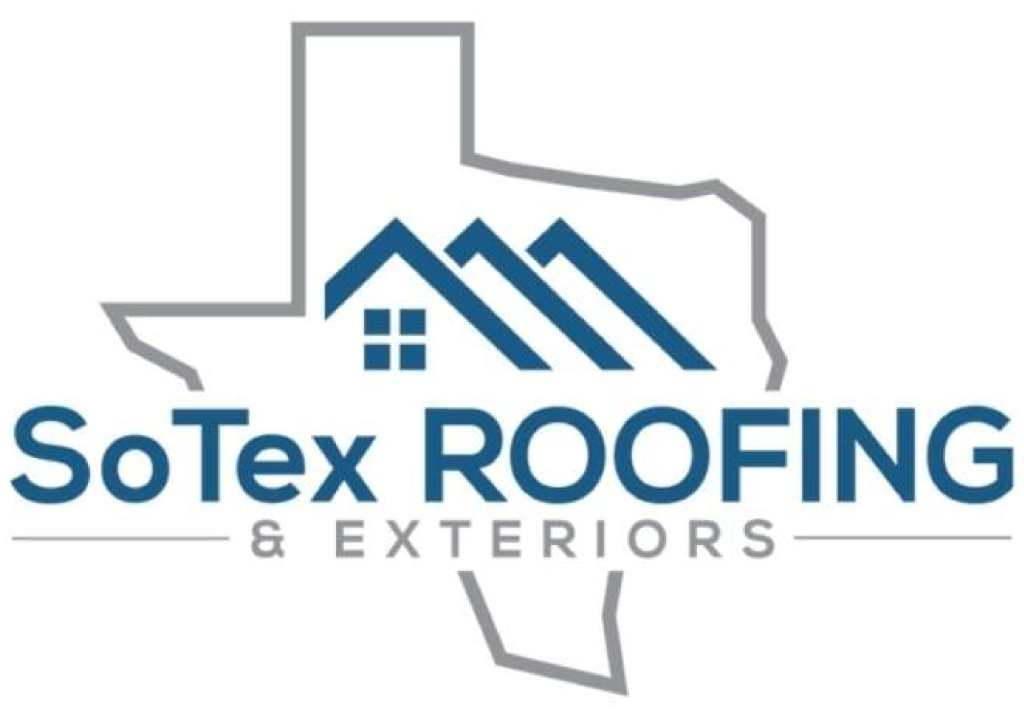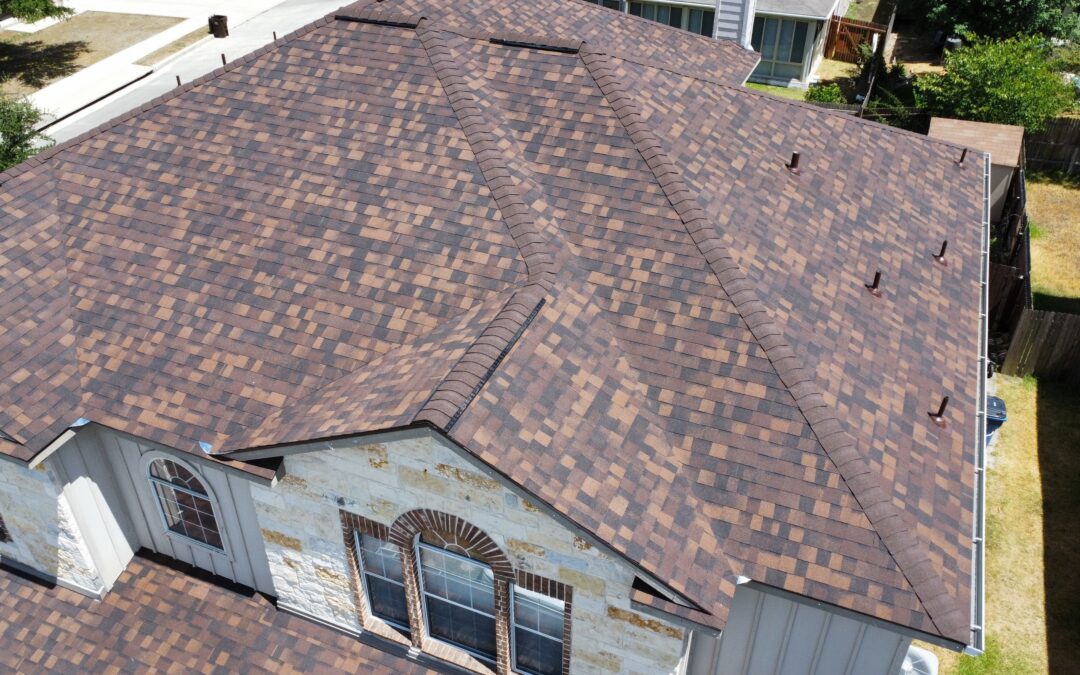At SoTex Roofing and Exteriors, we’ve guided countless homeowners through the storm insurance claims process, turning potentially stressful situations into straightforward resolutions. This comprehensive guide will walk you through the steps of filing and maximizing your storm insurance claims to ensure your home receives the repairs it deserves.
Understanding Your Coverage Before Storm Insurance Claims Begin
Before severe weather strikes, take time to understand your homeowners insurance policy. Many San Antonio residents are surprised to learn what their policies do and don’t cover when filing storm insurance claims. Most standard policies cover damage from wind, hail, and rain, but may have specific exclusions or separate deductibles for certain types of storm damage.
Review your policy carefully, noting coverage limits, deductibles, and any requirements for filing storm insurance claims. Some insurers require claims to be filed within a specific timeframe after damage occurs, sometimes as short as 30-60 days. Understanding these requirements beforehand can prevent complications when you need to file storm insurance claims following a weather event.
Additionally, consider creating a home inventory with photos and videos of your property in its pre-damage condition. This documentation can be invaluable when substantiating storm insurance claims, especially for personal property items that may be damaged during severe weather.
Immediate Steps After Storm Damage Occurs
When your home sustains storm damage, taking prompt action can significantly impact the success of your storm insurance claims. First, ensure your family’s safety by addressing any immediate hazards like downed power lines, gas leaks, or structural instability. Once safe, document all visible damage thoroughly before any temporary repairs are made.
Take detailed photographs and videos of all affected areas from multiple angles. This visual evidence forms the foundation of successful storm insurance claims and provides crucial documentation should disputes arise later. Be comprehensive in your documentation, capturing both obvious damage and areas that might have subtler issues.
Next, take reasonable steps to prevent further damage, such as covering broken windows or damaged roof sections with tarps. Insurance policies typically require homeowners to mitigate additional damage, and failure to take these protective measures could affect your storm insurance claims. Keep receipts for any emergency repairs or protective materials, as these expenses are often reimbursable under most policies.
Contacting Your Insurance Company to Initiate Storm Insurance Claims
After documenting the damage and securing your property, contact your insurance company to report the damage and initiate your storm insurance claims. Most insurers have dedicated claims hotlines operating 24/7 for reporting storm damage. When making this initial contact, have your policy number ready and be prepared to provide basic information about the damage.
During this call, ask your insurance representative about their specific storm insurance claims process, including:
- When you can expect an adjuster to inspect the damage
- What documentation you should prepare
- Whether you’re authorized to begin temporary repairs
- The estimated timeline for processing storm insurance claims
Take detailed notes during this conversation, including the date, time, and name of the representative you spoke with. Request a claim number for your storm insurance claims, as this will be your reference point for all future communications regarding your claim.
Working With Insurance Adjusters Effectively
The insurance adjuster assigned to your case plays a critical role in the outcome of your storm insurance claims. Their assessment will largely determine the settlement amount offered by your insurance company. When the adjuster schedules a visit to inspect your property, plan to be present during their assessment.
Prepare for the adjuster’s visit by organizing your documentation, including photographs taken immediately after the damage occurred, receipts for emergency repairs, and your inventory of damaged items. Having a professional roofing contractor present during this inspection can be immensely beneficial for storm insurance claims involving roof damage.
At SoTex Roofing and Exteriors, we provide free roof inspections and can attend adjuster meetings to ensure all damage is properly identified and documented. Our experienced team understands what insurance adjusters look for and can help point out damage that might otherwise be overlooked, strengthening your storm insurance claims.
Understanding the Settlement Offer
After the adjuster completes their assessment, your insurance company will provide a settlement offer for your storm insurance claims. This document will itemize the damage they’ve agreed to cover and the payment amounts for each repair category.
Review this document carefully, comparing it against your own documentation and contractor estimates. If you notice discrepancies or feel certain damages have been overlooked in your storm insurance claims, you have the right to dispute the settlement offer. This is another area where working with experienced contractors like SoTex Roofing can be invaluable, as we can help identify underpaid or missed items in your settlement.
Remember that the initial offer is often negotiable, and you shouldn’t feel pressured to accept a settlement that doesn’t adequately cover the necessary repairs. Most insurers have a formal appeals process for storm insurance claims if you believe your settlement is insufficient.
Selecting the Right Contractor for Insurance-Covered Repairs
Once your storm insurance claims are approved, selecting the right contractor becomes your next critical decision. Look for contractors with extensive experience handling insurance-related repairs and a strong reputation in the San Antonio area.
At SoTex Roofing and Exteriors, we specialize in insurance-covered repairs and understand the unique requirements of storm insurance claims. Our team works directly with insurance companies to ensure all approved repairs are completed to the highest standards while staying within the coverage limits of your policy.
Be wary of contractors who appear immediately after storms offering special deals for insurance work. Always verify credentials, insurance, and local references before signing any contracts for storm damage repairs. Reputable contractors will be transparent about their process and communication with your insurance company regarding your storm insurance claims.
Avoiding Common Pitfalls in Storm Insurance Claims
Several common mistakes can complicate or diminish your storm insurance claims. Awareness of these potential pitfalls can help you navigate the process more successfully:
Waiting too long to file your claim can result in denial based on reporting deadlines. Beginning repairs before proper documentation or adjuster inspection can also jeopardize your coverage. Accepting the first settlement offer without thorough review might leave you with insufficient funds for complete repairs. And signing over insurance benefits to contractors before understanding the full scope of work can lead to complications if disputes arise.
By working with experienced professionals who understand storm insurance claims, you can avoid these common mistakes and ensure a smoother claims process.
Conclusion: Partnering for Successful Storm Insurance Claims
Navigating storm insurance claims doesn’t have to be a solo journey. At SoTex Roofing and Exteriors, we’re committed to guiding San Antonio homeowners through every step of the insurance claims process. Our experience with storm damage restoration and insurance procedures allows us to advocate for our clients, ensuring they receive fair settlements for necessary repairs.If your home has sustained storm damage or you’d like to be better prepared for future weather events, contact SoTex Roofing and Exteriors today.Our team of dedicated professionals is ready to help you protect your most valuable investment through expert guidance on storm insurance claims and quality restoration work. With the right partnership, recovering from storm damage becomes a manageable process rather than an overwhelming burden.



Recent Comments